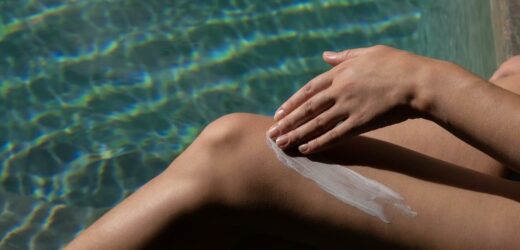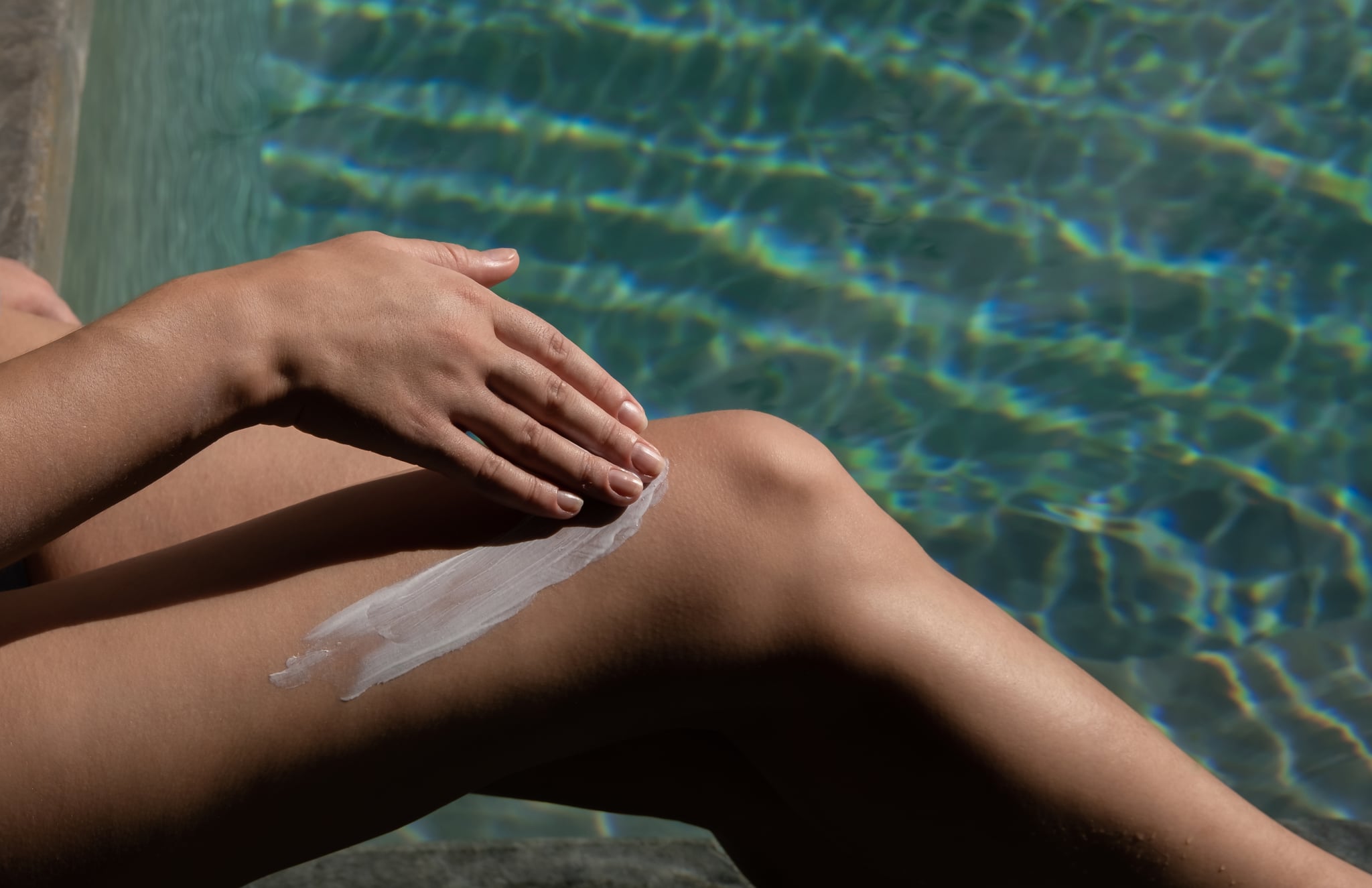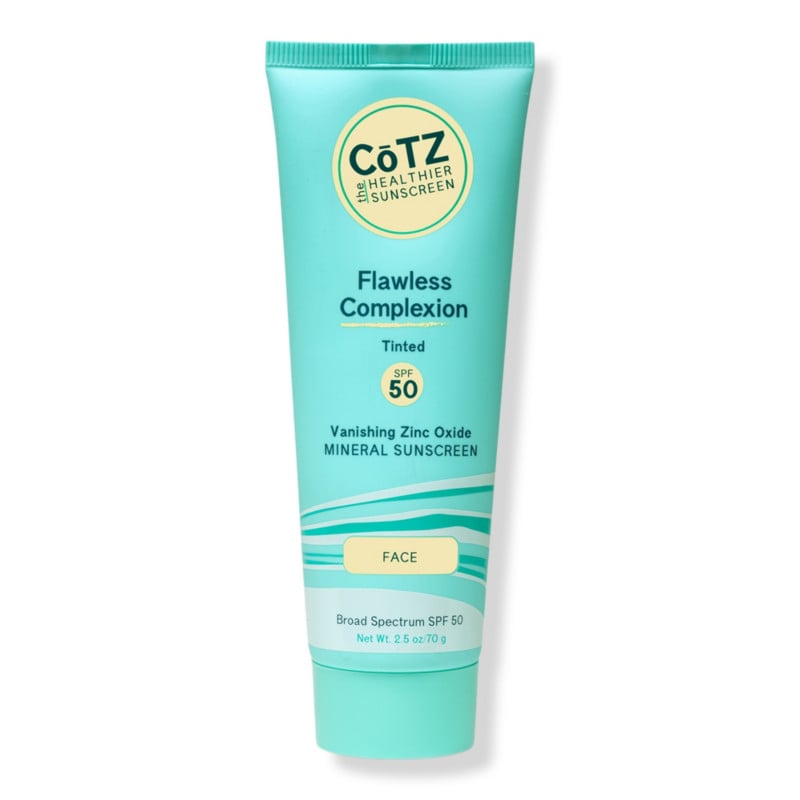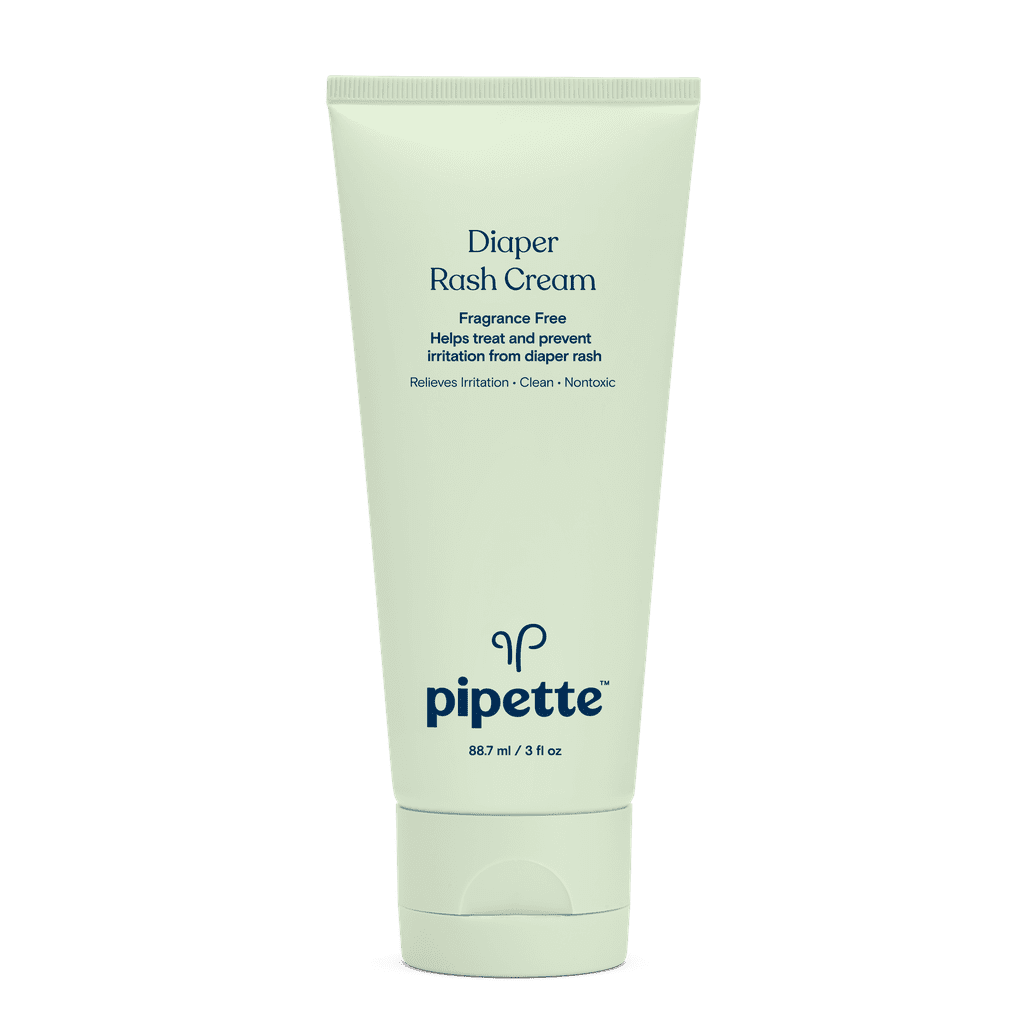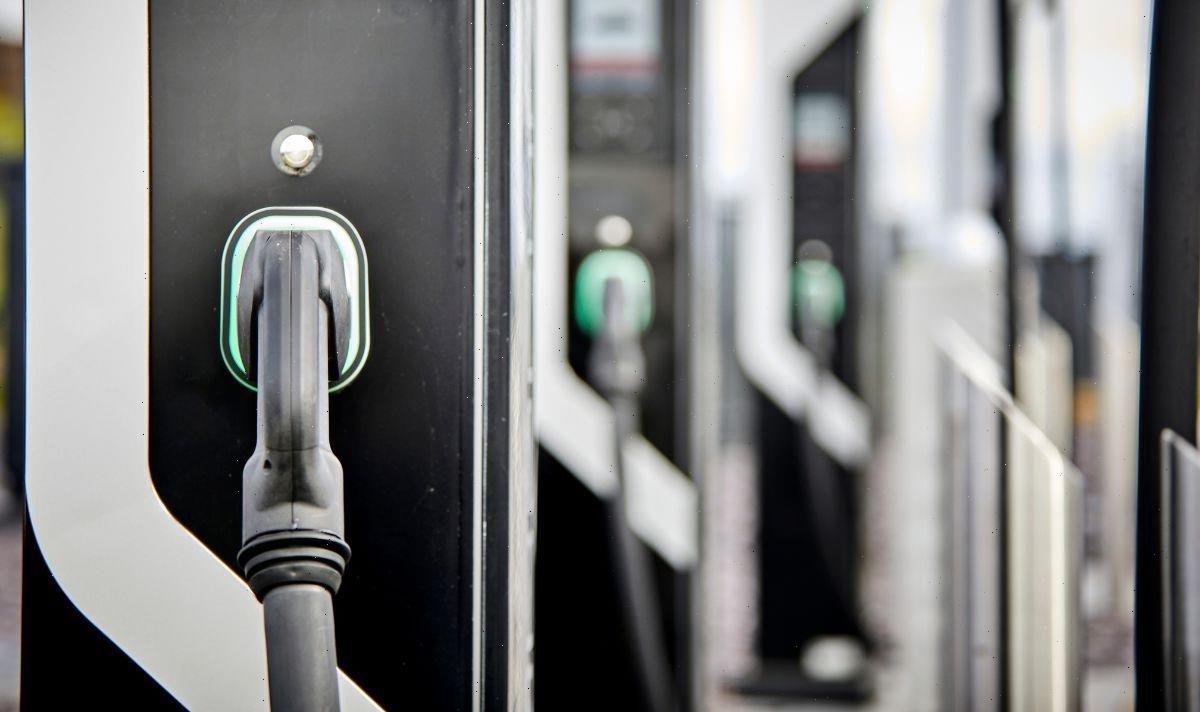- Zinc oxide is a common skin-care ingredient in mineral-based sunscreens.
- Zinc oxide protects from both UVA and UVB rays.
- Mineral sunscreens repel sunlight by sitting on top of skin, creating a physical barrier.
We’re officially in the dog days of summer, which means sunscreen is more important than ever as we start to spend more time in the sun. Don’t forget: Exposure to the sun’s rays can be damaging to our skin. Thankfully sunscreen comes to our rescue shielding skin from the detrimental effects. And zinc oxide, a common ingredient in many sunscreen formulas, has long been known for lauded its protective abilities.
Ahead, get the scoop on how zinc oxide works in sunscreen, get product recommendations, and learn what else the ingredient can do.
What Is Zinc Oxide?
Zinc oxide is a mineral, white in color, and has a powdery consistency when on its own. But when added to sunscreen formulas, like its cousin titanium dioxide, zinc oxide acts as a physical blocker that sits on top of skin to shield it. This is why it’s called a physical (or mineral) sunscreen, as opposed to a chemical sunscreen (which use ingredients like oxybenzone and avobenzone) which get absorbed into the skin to repel the sun’s UV rays.
Zinc oxide is known to offer more broad-spectrum protection than titanium dioxide, meaning it has you covered blocking both UVA (responsible for skin aging) and UVB (causes sunburn and inflammation) rays. Mineral sunscreens with zinc oxide are often a top choice for those with skin issues like eczema as they aren’t known to be irritating to skin. They’re also a preferable pick for babies and children because they won’t penetrate their delicate skin or disrupt hormonal activity.
Is There a Downside to Using Zinc Oxide?
Actually, zinc oxide is touted as safe pick by the FDA and dermatologists alike. One drawback is that zinc-oxide formulas often don’t disappear easily into skin, leaving a white cast. Look for formulas that are on the sheer side like Doctor Babor Protect RX Mineral Sunscreen SPF 30 ($49) or Summer Friday’s Shade Drops SPF 30 ($36). A tinted version like Cotz Flawless Complexion SPF 50 ($28) is another good option that may blend better into darker skin tones.
What Else Is Zinc Oxide Used For?
Zinc oxide is also used in diaper rash creams like Pipette Diaper Rash Cream ($11) and burn salves. How does it manage to be so multipurpose? “Just as zinc oxide acts as a shield or barrier to UV rays, it works the same way for irritation from diapers and can even help seal in moisture and heal wounds and burns,” says board-certified dermatologist, Roberta Del Campo, MD, a medical advisor to Babor Skincare.
Source: Read Full Article
